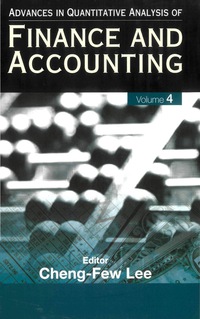LO3 X 43. Determining ending consolidated balances in the second year following the acquisition-Cost method Assume a parent company acquired a subsidiary on January 1, 2018, for $1.200,000. The purchase price was $650.000 in excess of the subsidiary's $550.000 book value of Stockholders' Equity on the acquisi- tion date of this excess purchase price, $250,000 was assigned to Property, plant and equipment with a remaining economic useful life of 10 years, and $400,000 was assigned to Goodwill. On the acquisition date, the subsidiary reported retained camnings equal to $280,000. The parent uses the cost method of pre-consolidation Equity investment bookkeeping. The financial statements of the parent and its subsid iary for the year ended December 31, 2019, are as follows: Parent Subsidiary Parent Subsidiary Balance sheet: Assets $1,200,000 1700.000) Income statement: ... Cost of goods sold...... Gross profit Investment income........... Operating expenses............ $5,000,000 (3.000.000) 2.000.000 500.000 Accounts receivable. Inventory Equity investment... Property, plant and equipment (PPE). net.. (1.500.000) $ 540.000 $ 800,000 1,000,000 1 600 000 1.200.000 3.000.000 $7.000.000 $150.000 340,000 500,000 (400.000) 100.000 Net income $ 900.000 $1.890.000 Statement of retained earnings: Beginning retained oamings... $1,500,000 Net income 540.000 Dividends. 200,000) Ending retained eamings..... $1,840,000 $ 600,000 100.000 (40,000) $ 660,000 Liabilities and stockholders' equity Accounts payable... Accrued liabilities... Long-term liebties...... Common stock APIC Retained earings ..$ 700.000 900.000 2.500.000 500,000 1,160.000 1.840,000 $7,500,000 $ 140,000 220,000 600,000 120.000 150.000 660.000 $1,890,000 MacBook Pro ERITY H N M Command option Cambridge Business Publishers Chapter 31 Consolidated Financial Statements Subsequent to the Date At what amount will the following accounts appear on the consolidated financial statements? a. Sales f. Property, plant and equipment (PPE), net b. Investment income 8. Goodwill C. Operating expenses h. Common stock d. Inventories i. Retained earnings e Equity investment








